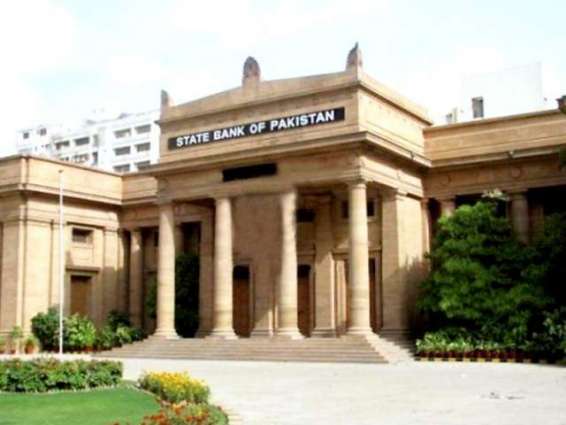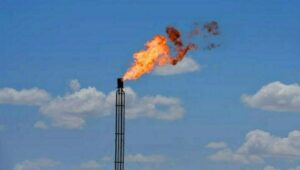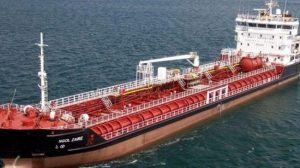SBP cuts GDP growth projection to 3.5-4%, says inflation likely to remain high
3 min read
Fiscal deficit continue to stay high despite cut in development spending, says SBP
KARACHI: The fiscal deficit continued to stay high despite a sharp cut in development spending since the beginning of 2018-19 and is undermining the efforts to contain domestic demand, said second quarterly reported released by the State Bank of Pakistan (SBP) here on Monday.
Real GDP growth expected to fall:
The State Bank projected that slowdown in agriculture sector growth and stabilisation measures were likely to bring down real GDP growth significantly during the current fiscal year, which also correlates with a contraction in the LSM sector.
“Moreover, given that public development spending, a key driver for private sector industrial activities, is unlikely to pick up anytime soon, the full year outlook for manufacturing activities remains subdued. Furthermore, private consumption is going to remain lower due to tighter monetary policy and pass through of exchange rate depreciation that has resulted in both higher energy prices and core inflation. In addition, the prospects for the upcoming wheat crop remain subdued in terms of growth,” it said.
“All these aspects are going to constrain the services sector in the coming months as well. Therefore, SBP has revised down its projection for real GDP growth during 2018-19 by 0.5 percent to 3.5-4.0 percent,” it added.
It further claimed that revenue collection declined, current expenditures increased.
As stated by the report, the effects of macroeconomic stabilization measures taken since December 2017 started to unfold as the economy moved into the second quarter of 2018-19.
More specifically, monetary tightening along with exchange rate adjustments, reduction in development expenditures of the federal government and regulatory measures helped contain domestic demand, which is visible from a marked slowdown in imports.
This together with deceleration in external demand, underperformance of major kharif crops, and moderation in the fixed investment loans, let to notable deceleration in economic activity. Meanwhile, inflation continued to increase, mainly due to cost-push factors and some persistence in underlying demand pressures.
According to the report, average headline CPI inflation rose to 6.5 percent during Q2-FY19 – the highest quarterly inflation since Q1-FY15, when global crude oil prices were around $100 per barrel. This trajectory was largely dictated by its core component, non-food non-energy (NFNE), which further gathered momentum as the pass-through of exchange rate depreciation and second round impact of high oil price accentuated its already elevated level.
Regarding the external sector, the report observed that there was an improvement in the current account deficit due to decline in imports and a marked increase in workers’ remittances during the review period. However, exports were generally affected by a slowdown in international demand. Also, net financial inflows were lower than last year, leading to a drop in SBP’s FX reserves.
The report contains a special section which evaluates the fiscal burden of state-owned enterprises in the power sector. Recommended measures include a move towards more effective, apolitical collection process; investment in the transmission and distribution network; and creation of a national level consensus towards the formulation of a coherent energy sector policy.
The report features another special section on the importance of human capital in the context of CPEC. The analysis takes stock of the country’s existing human capital and the employment opportunities set to arise in the near future as CPEC enters its next phase focusing on industrial special economic zones and agriculture. It then assesses just how prepared the domestic workforce is to capitalize on these opportunities, and provides a roadmap to address the associated skill-deficit.
In the big picture, the report underscores the need to step up investments in human capital and technology. This will boost productivity and increase exportability of the country’s goods, services and skilled labor, and allow it to generate FX in a sustainable manner.







